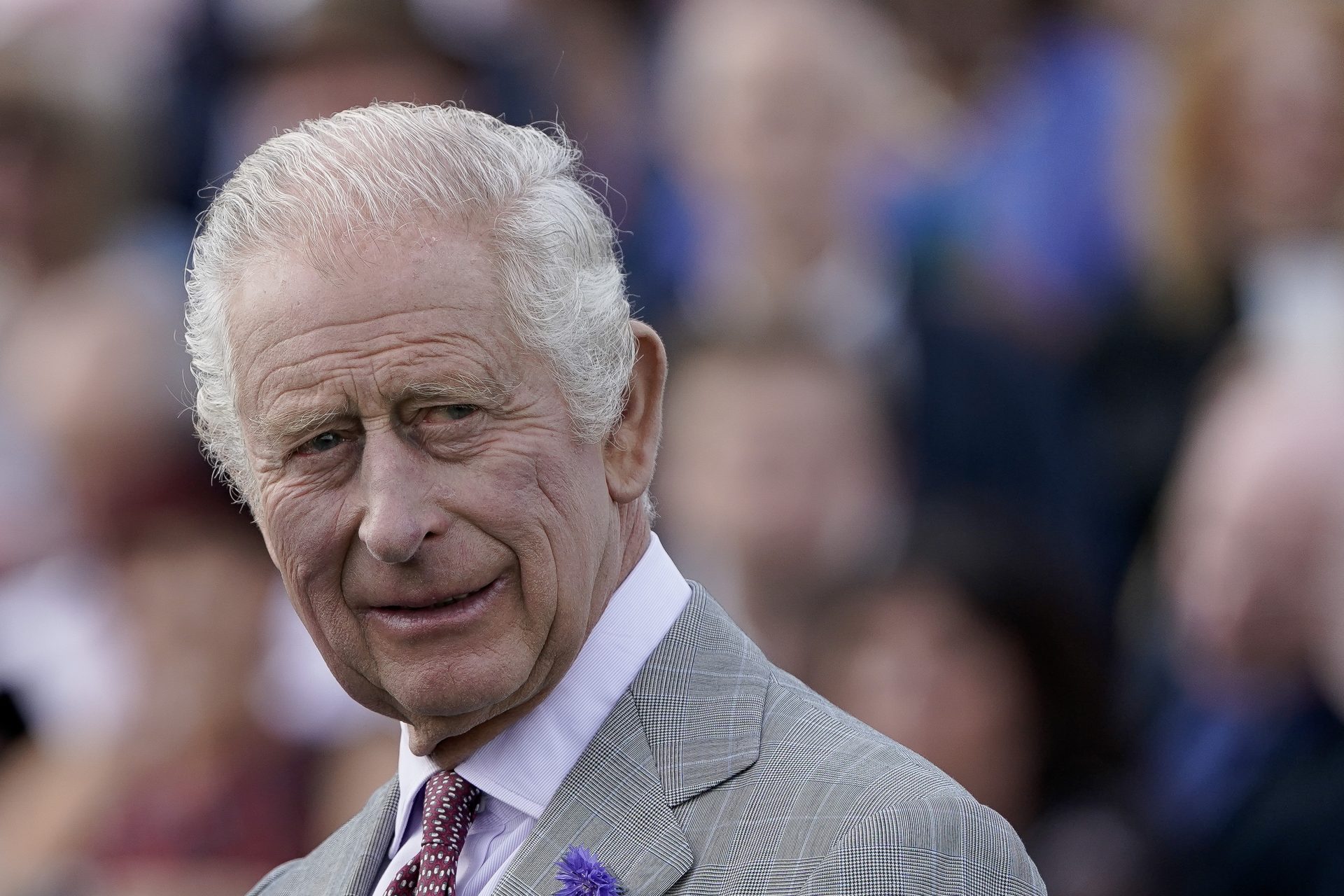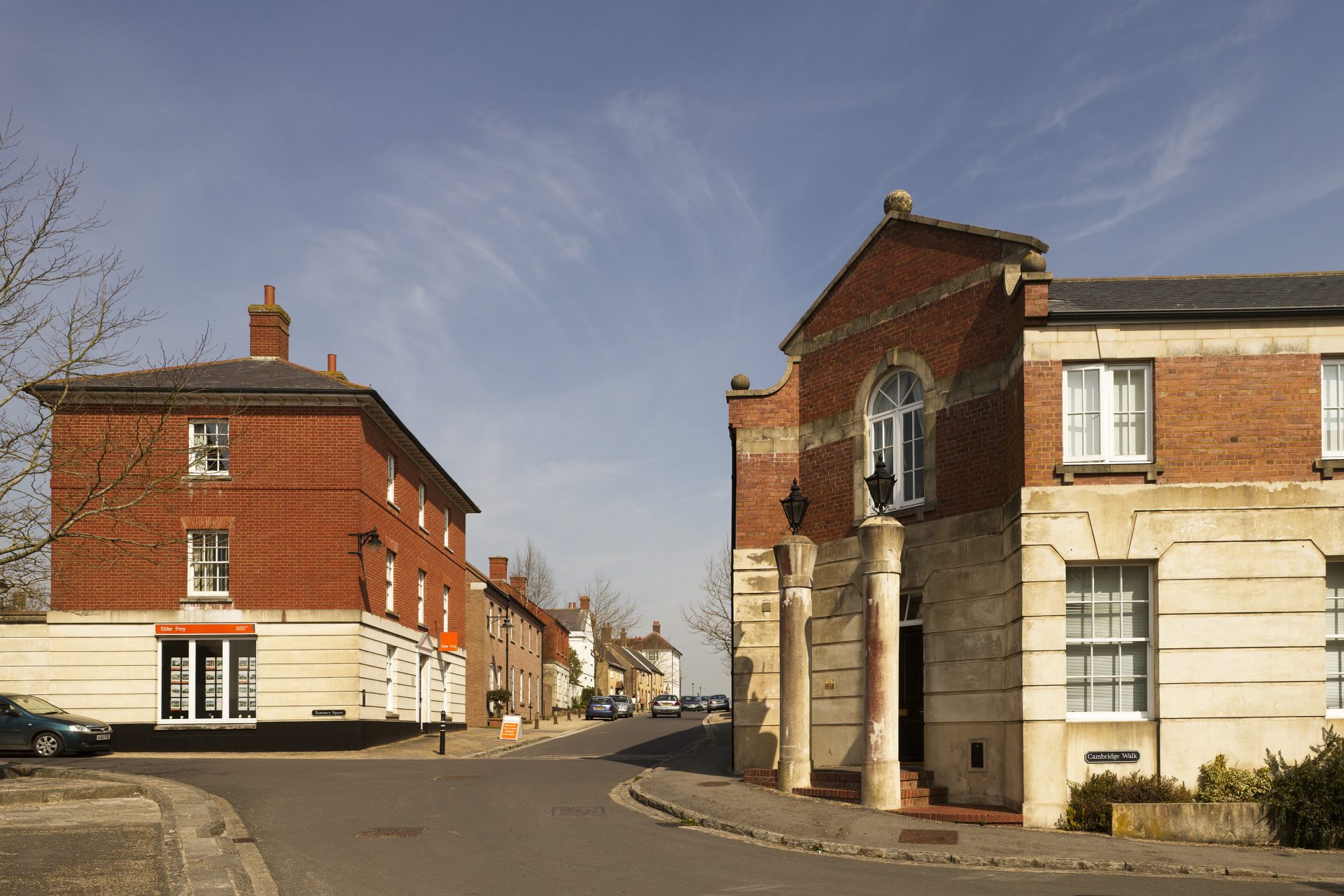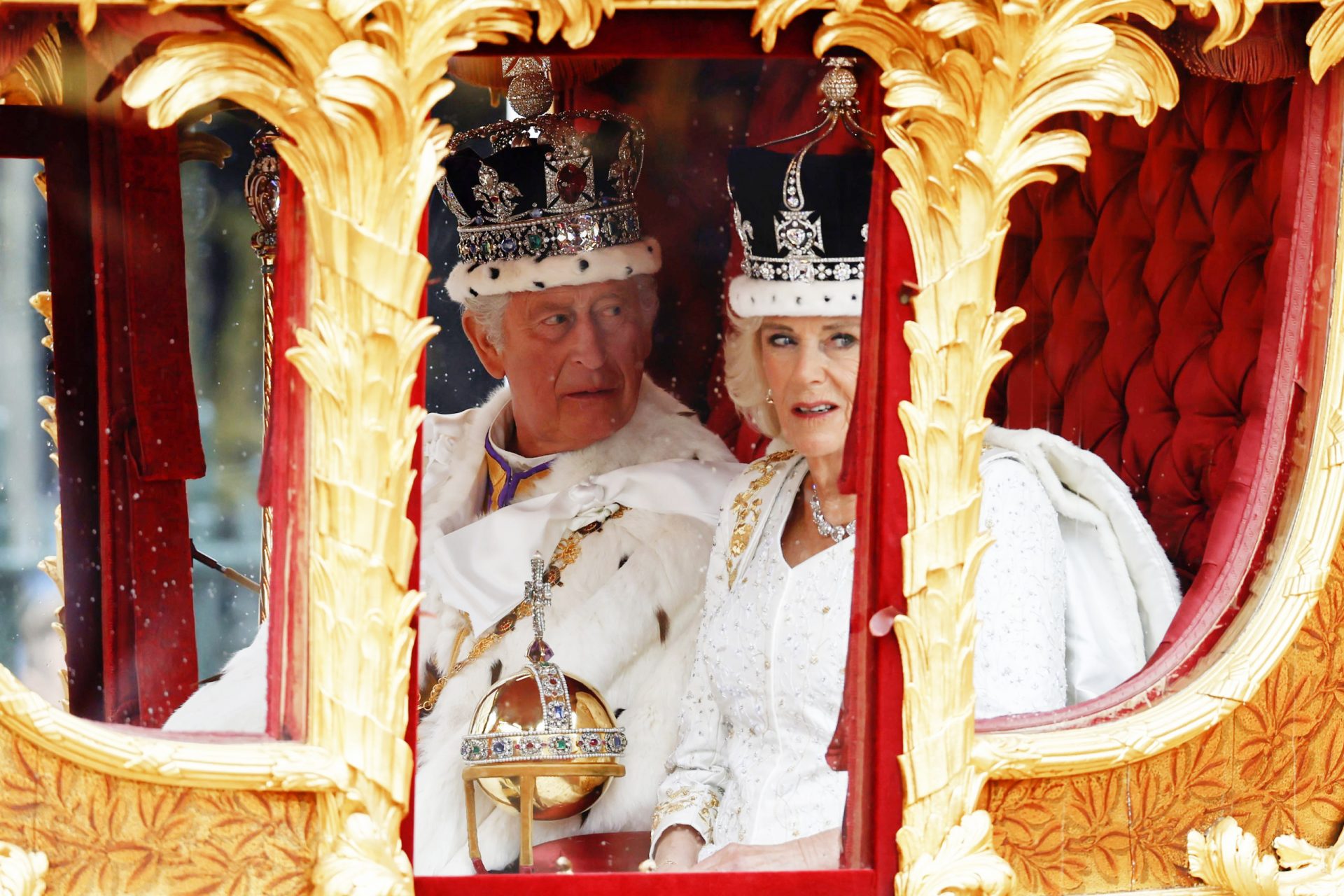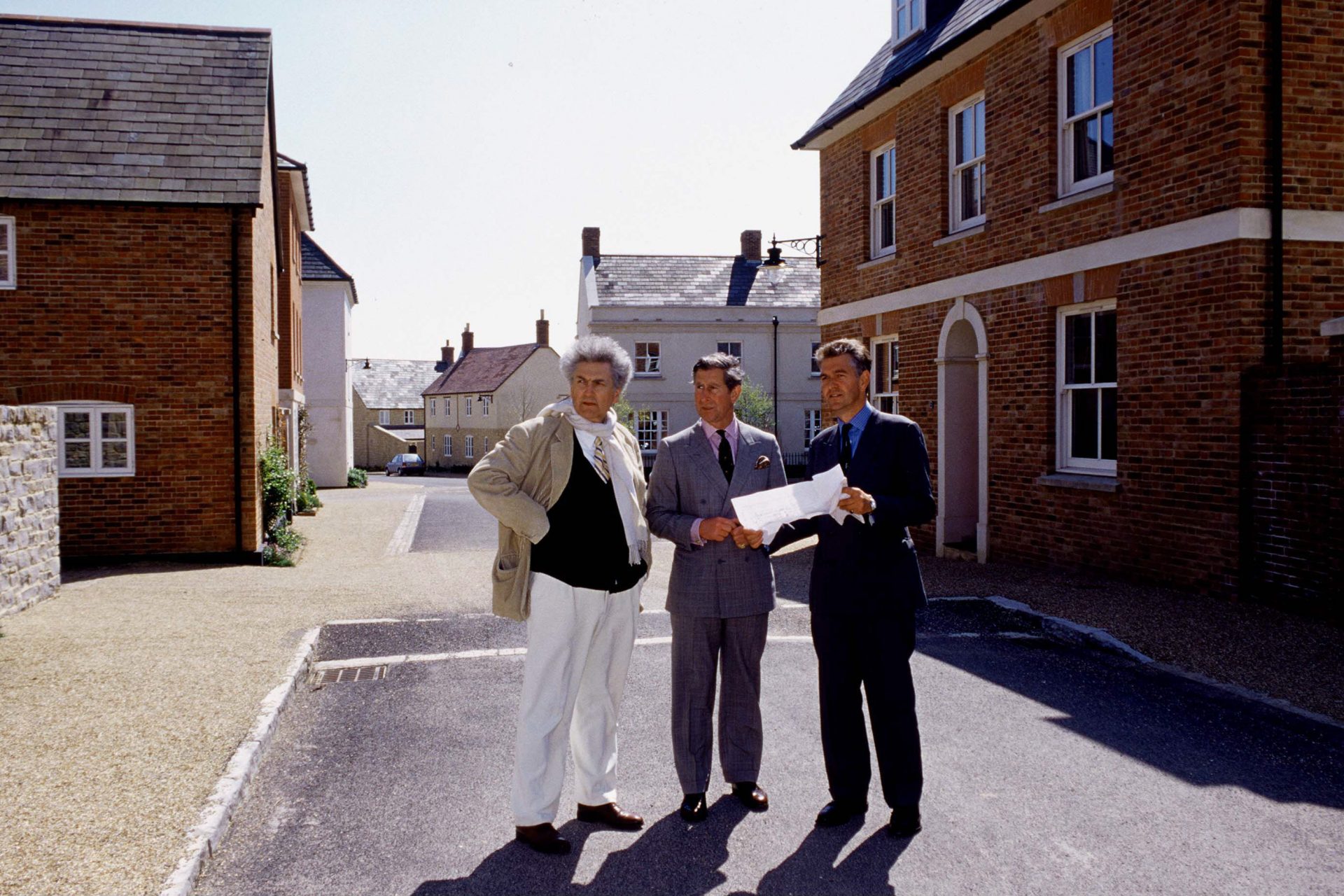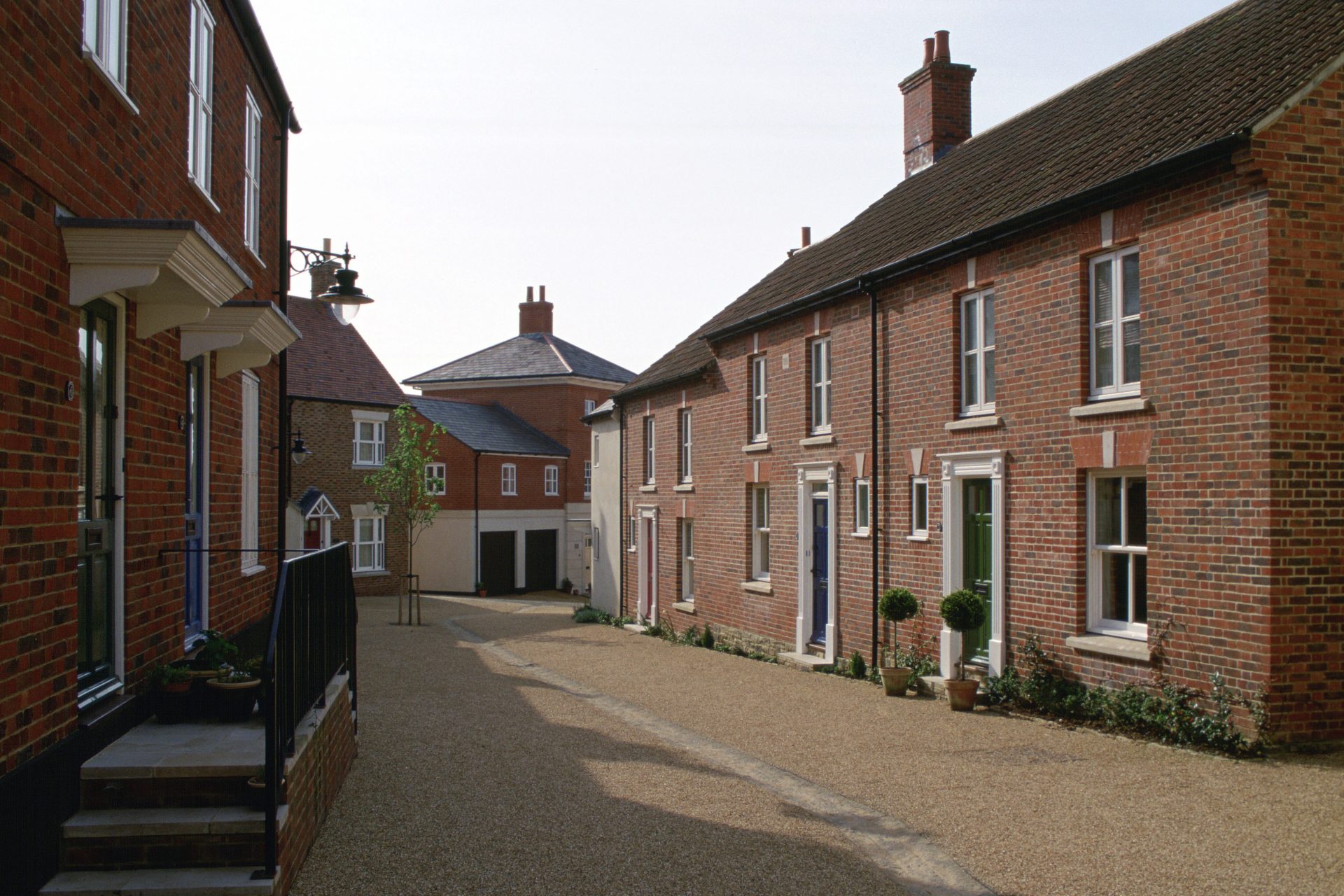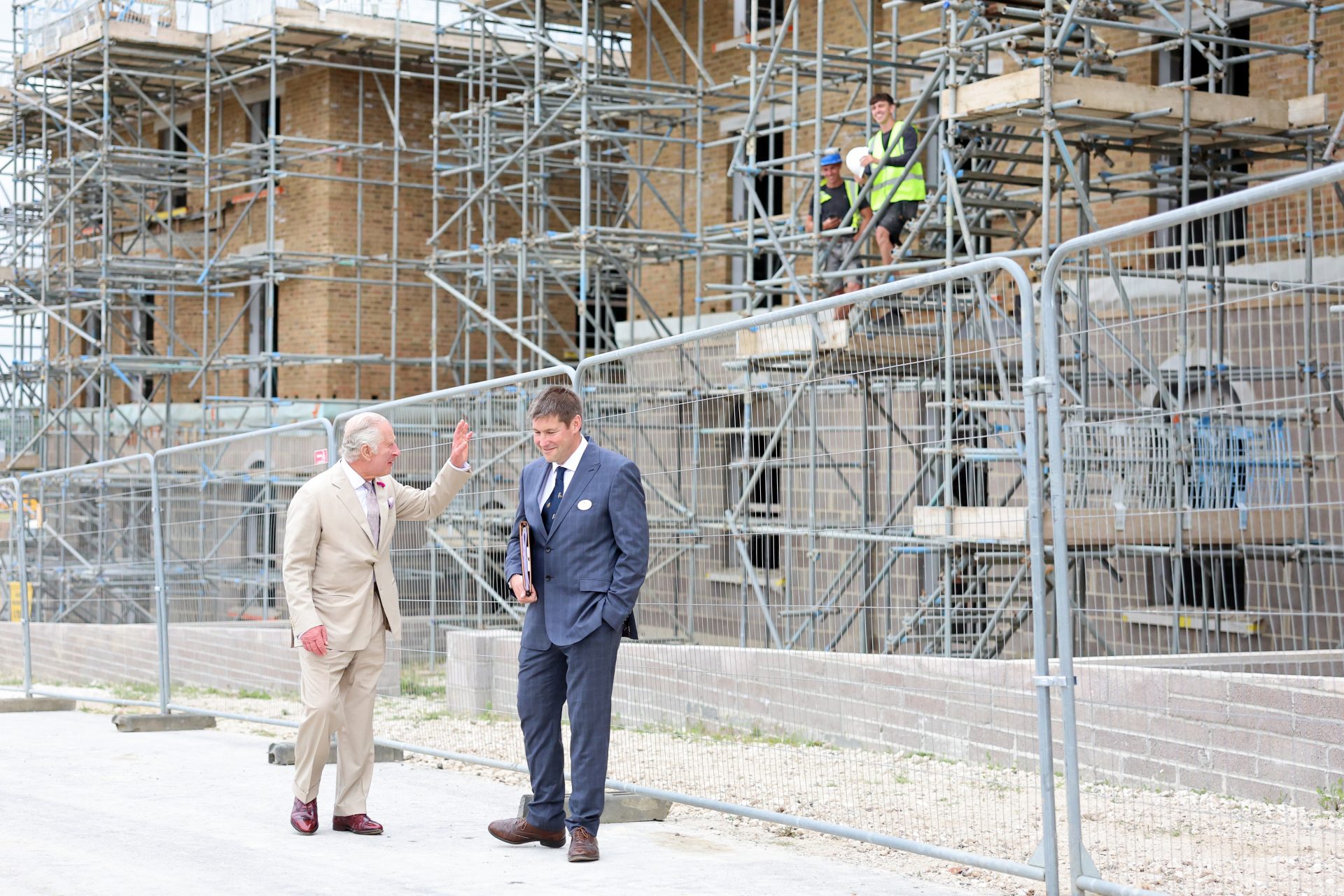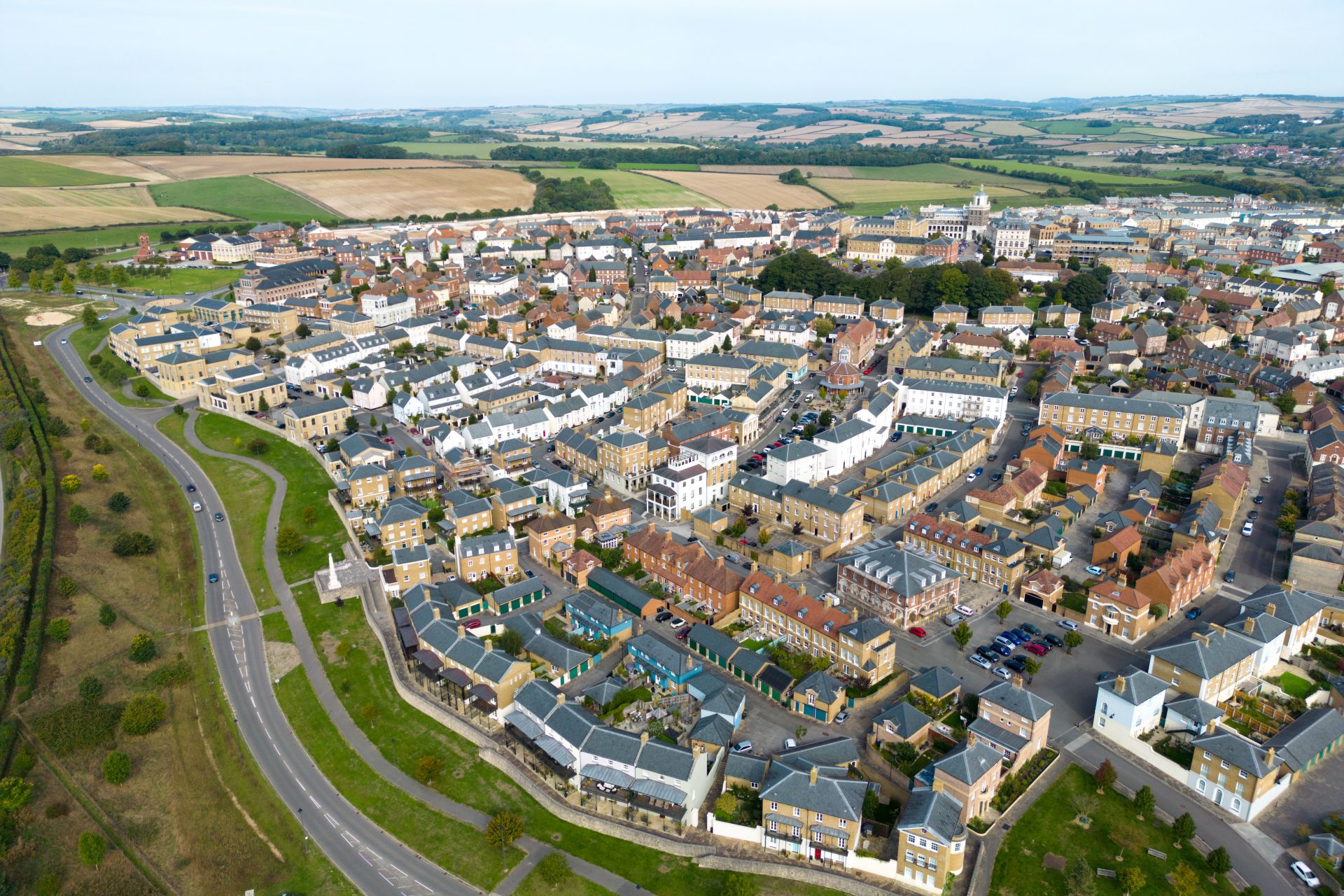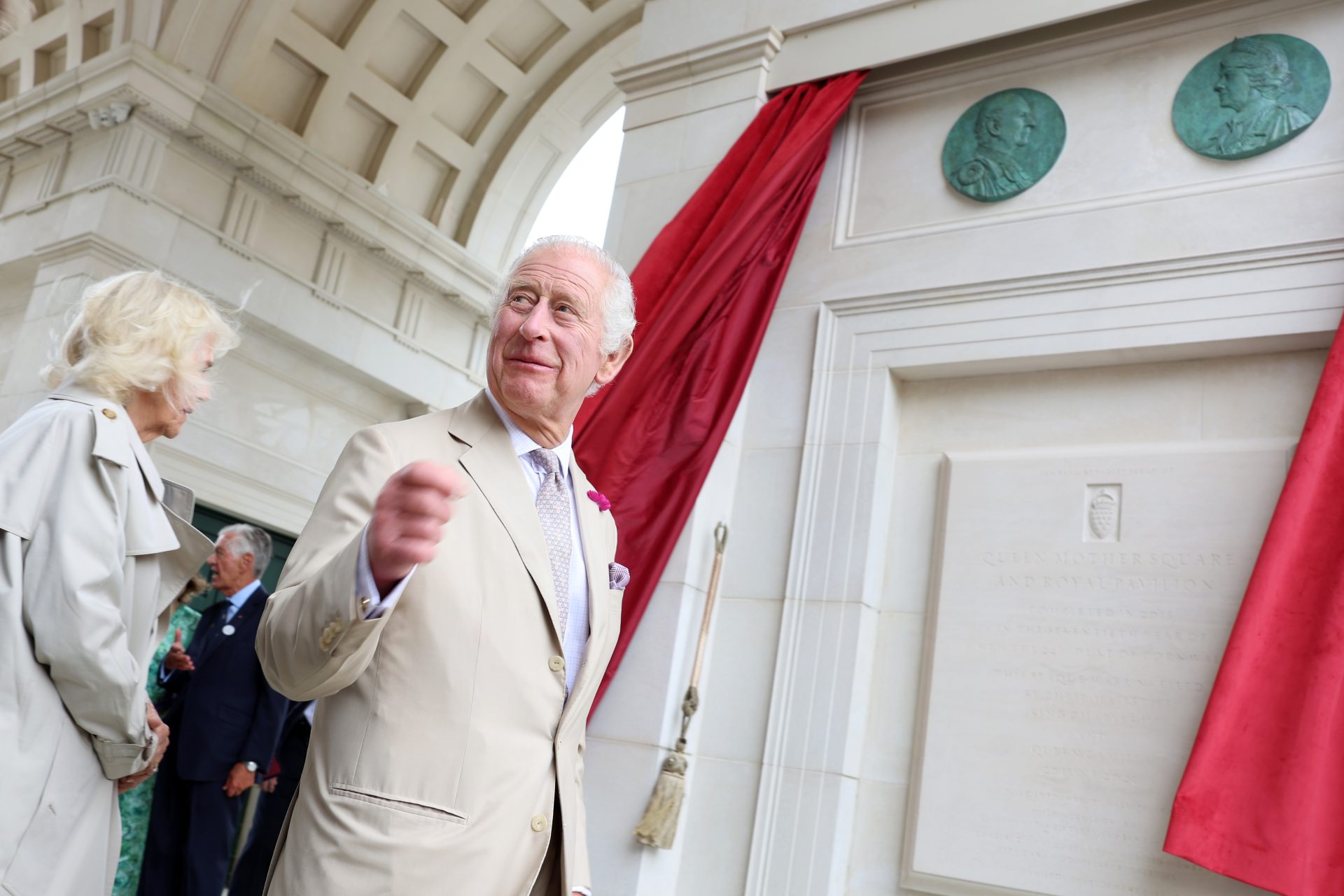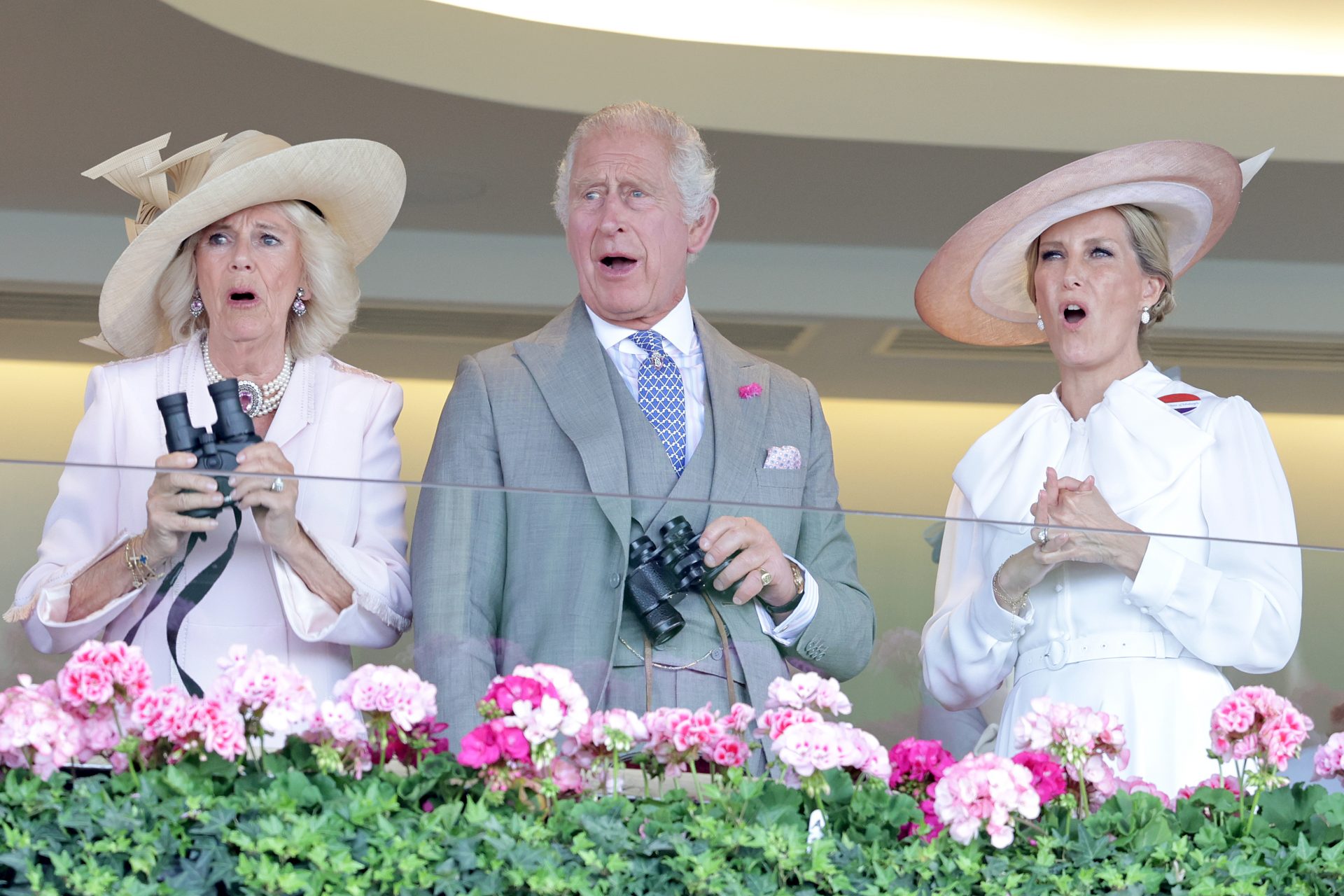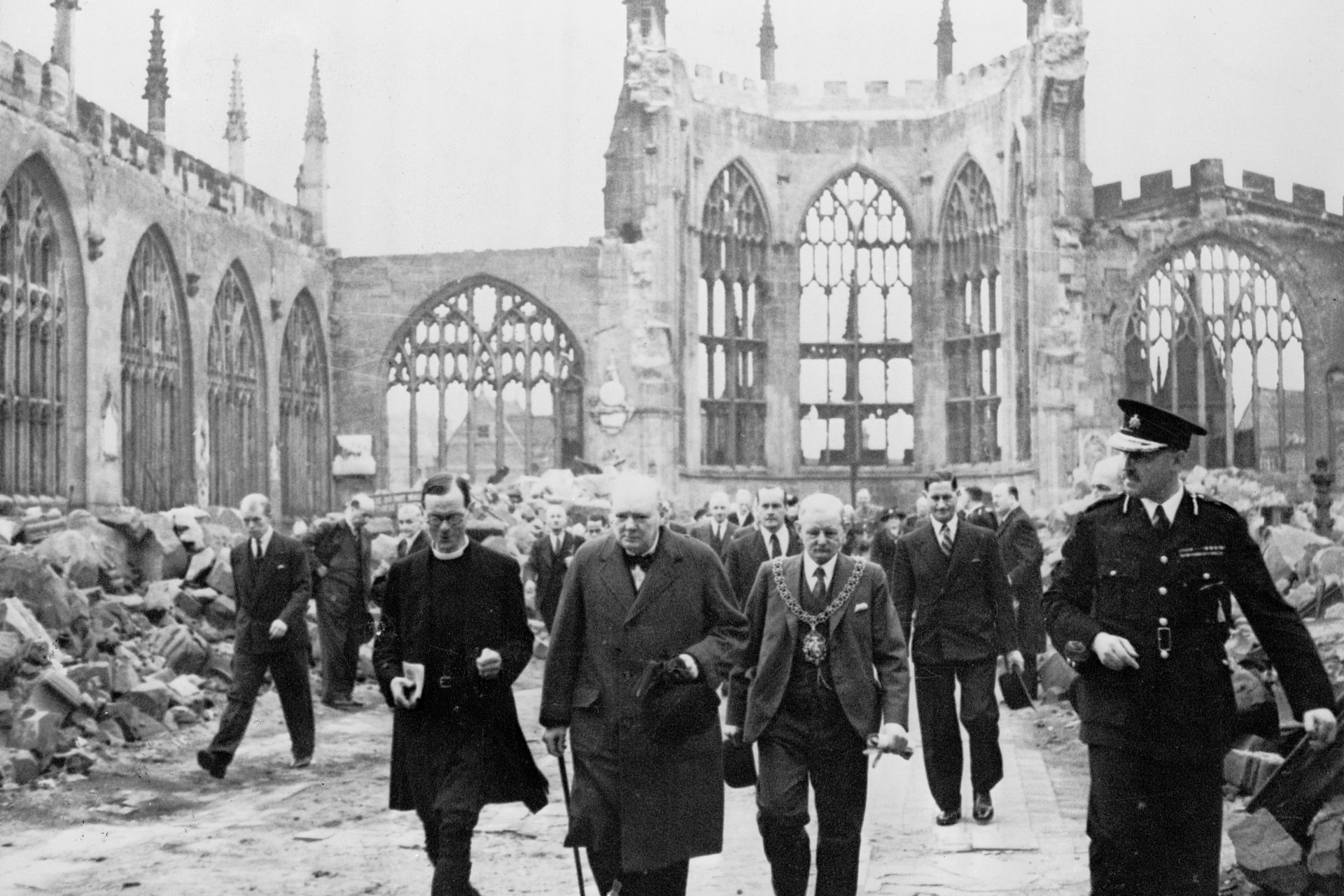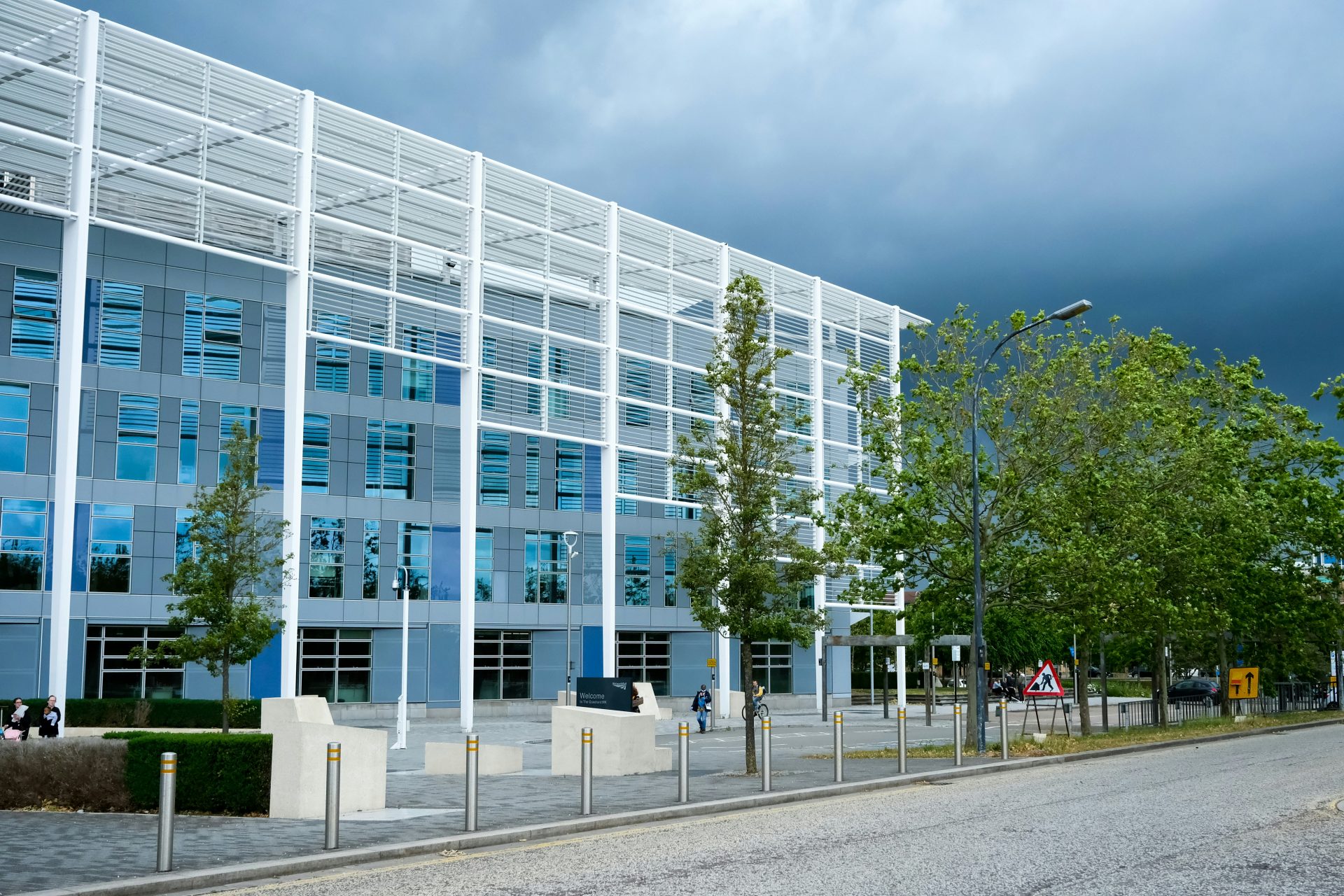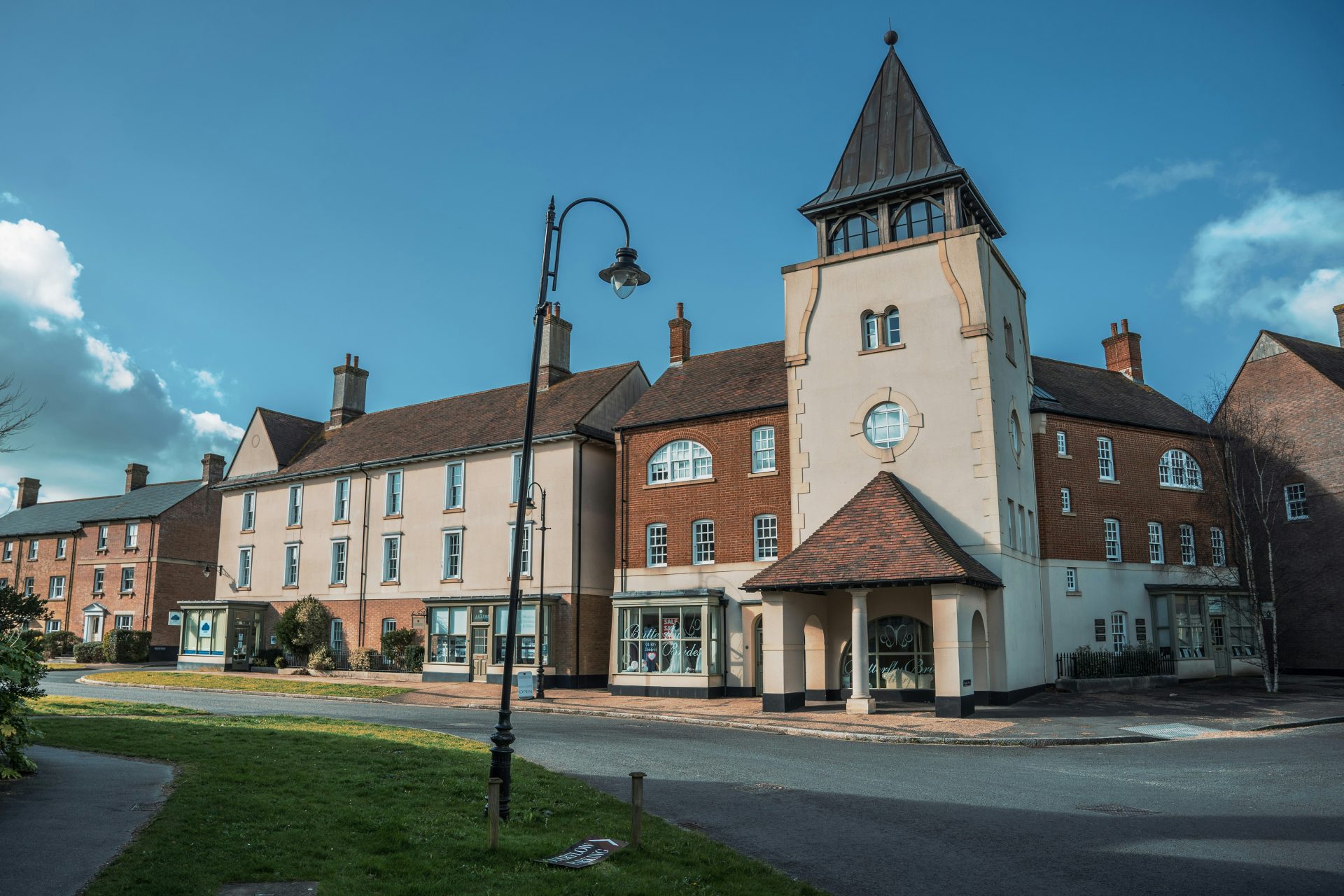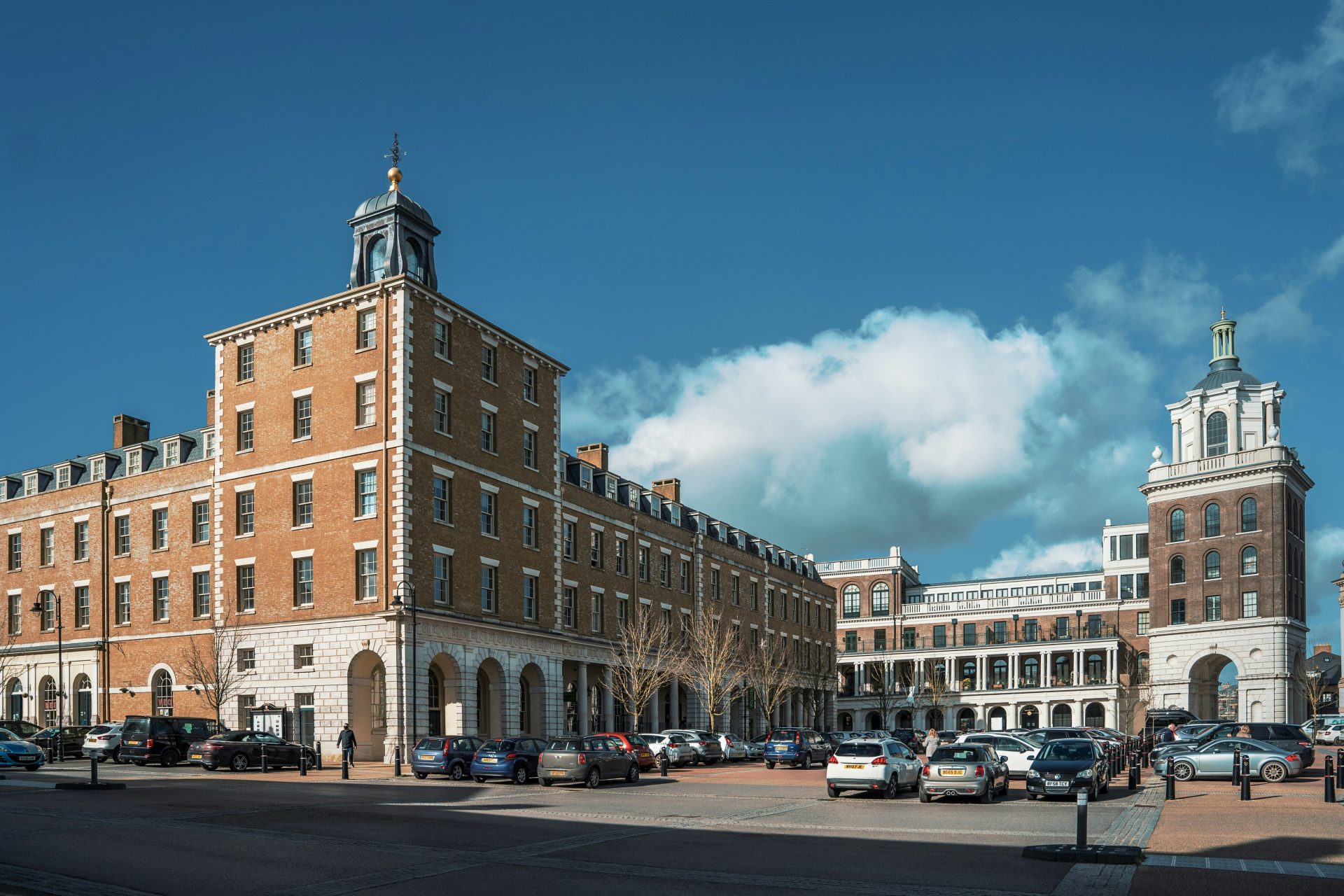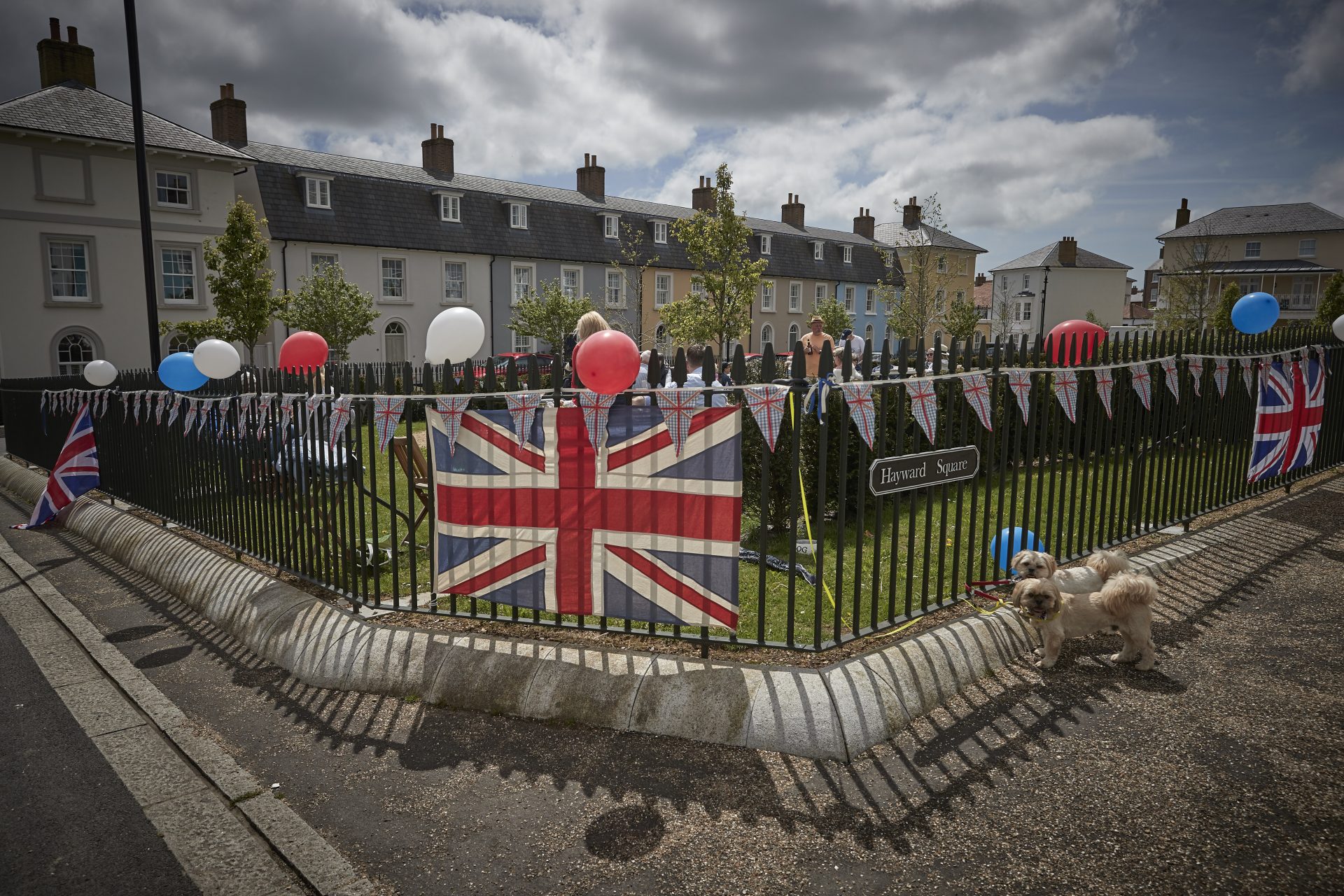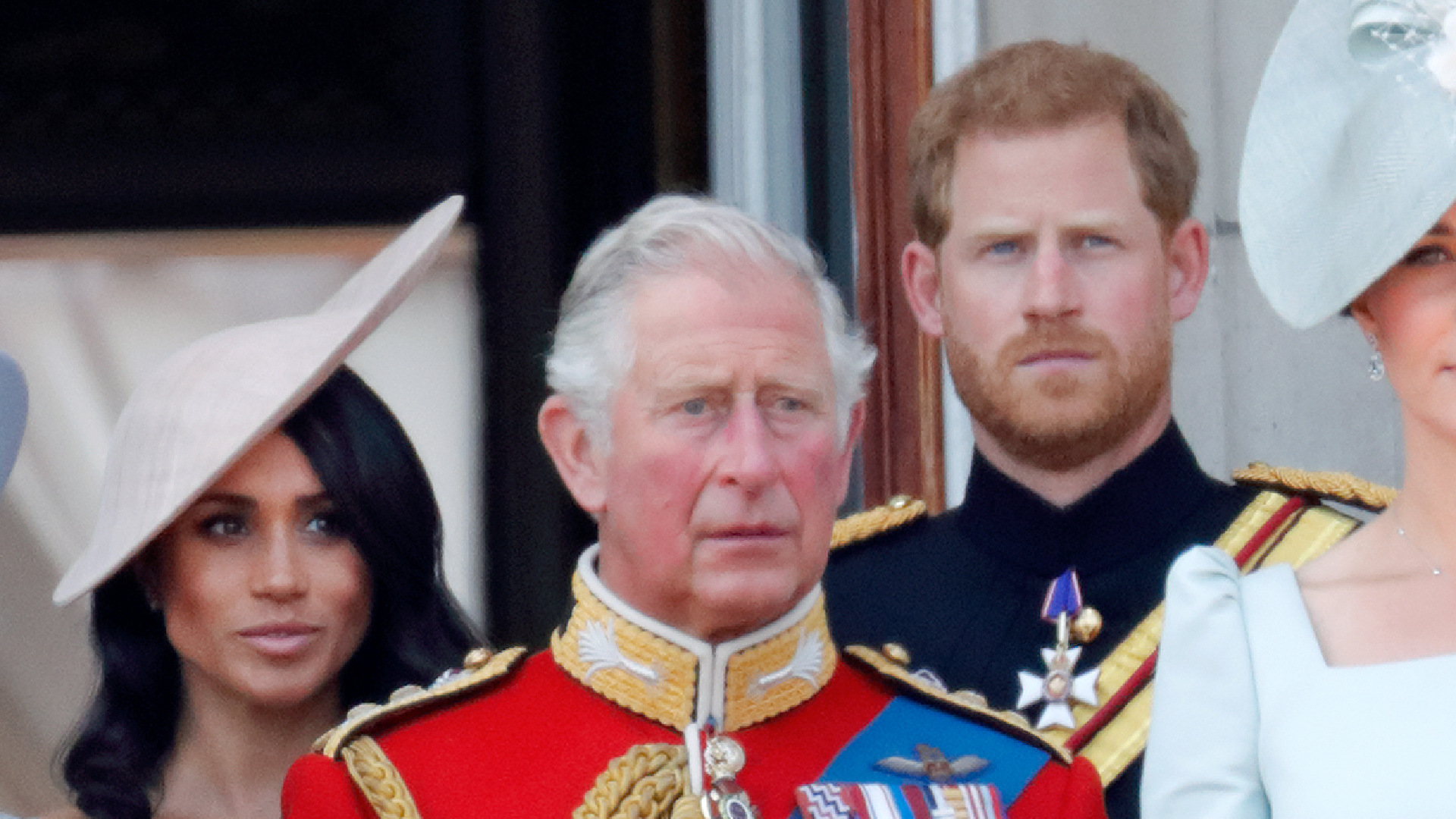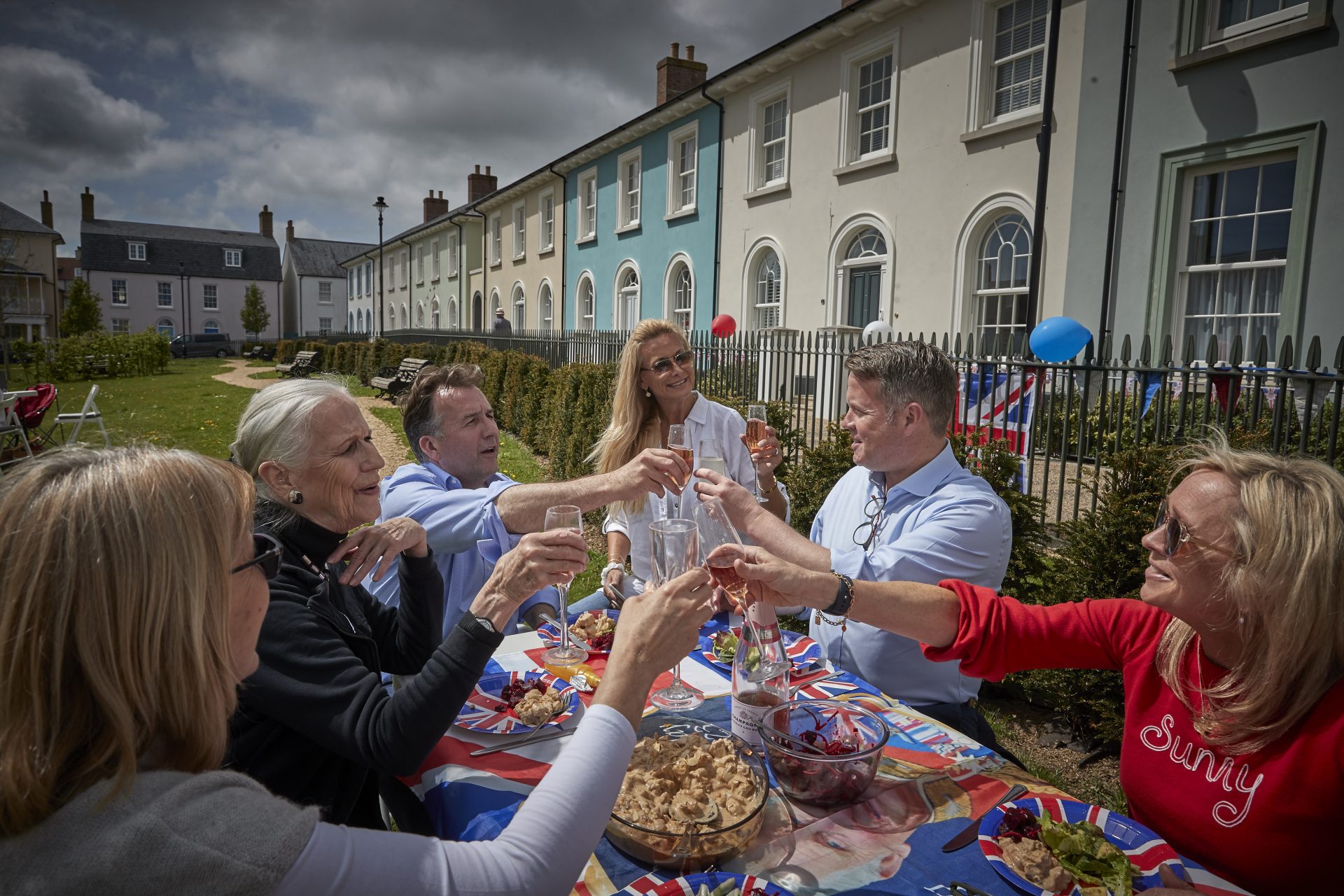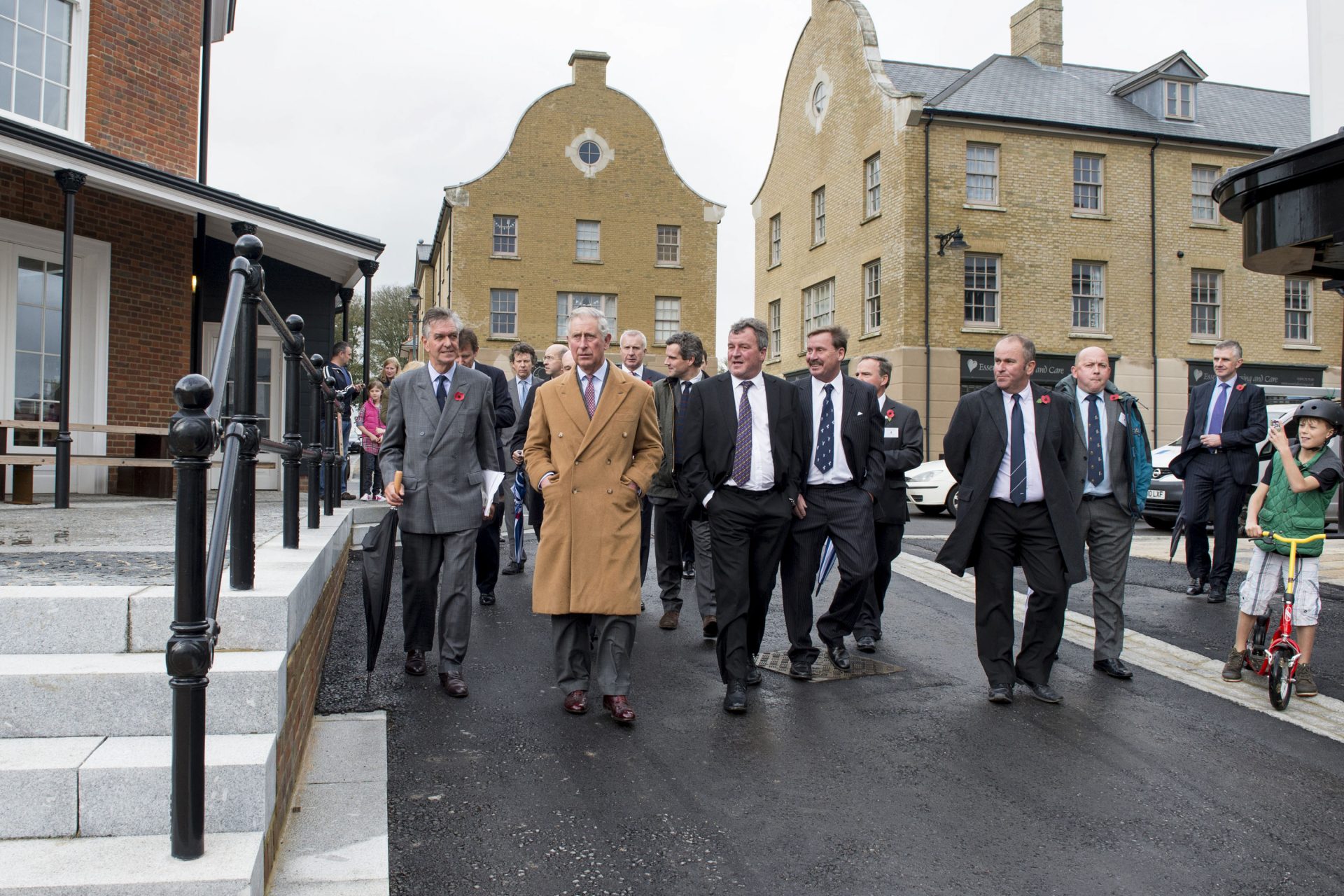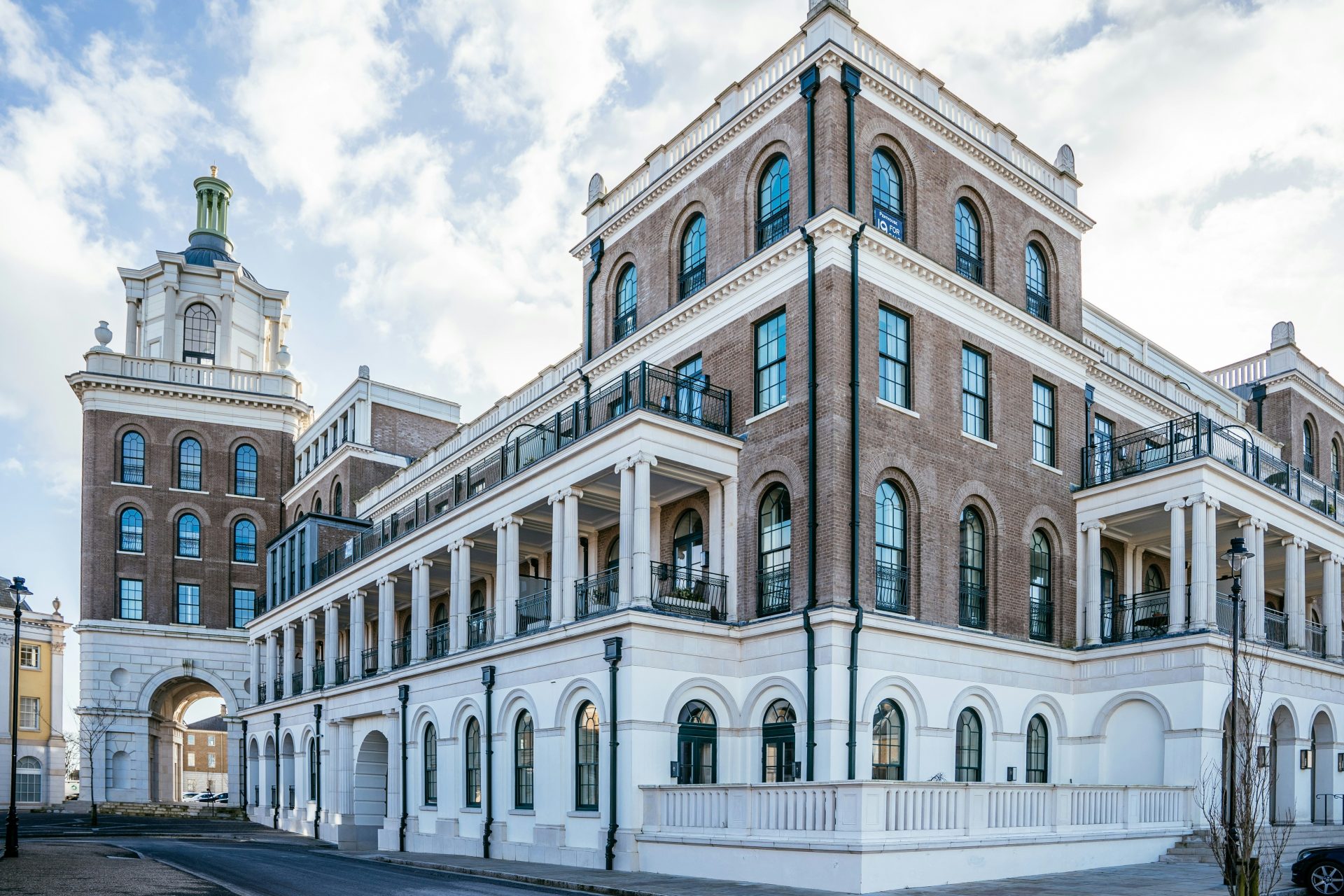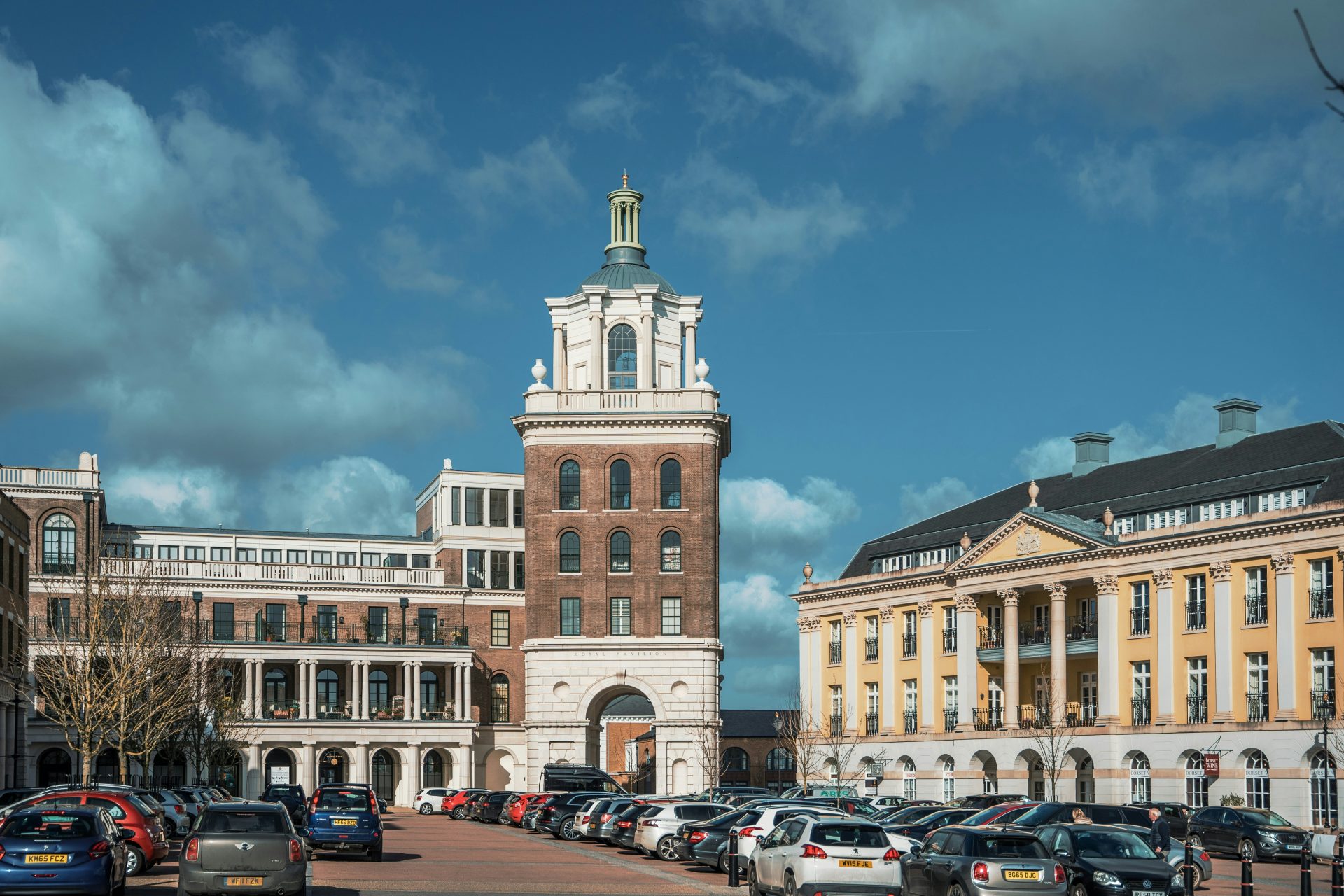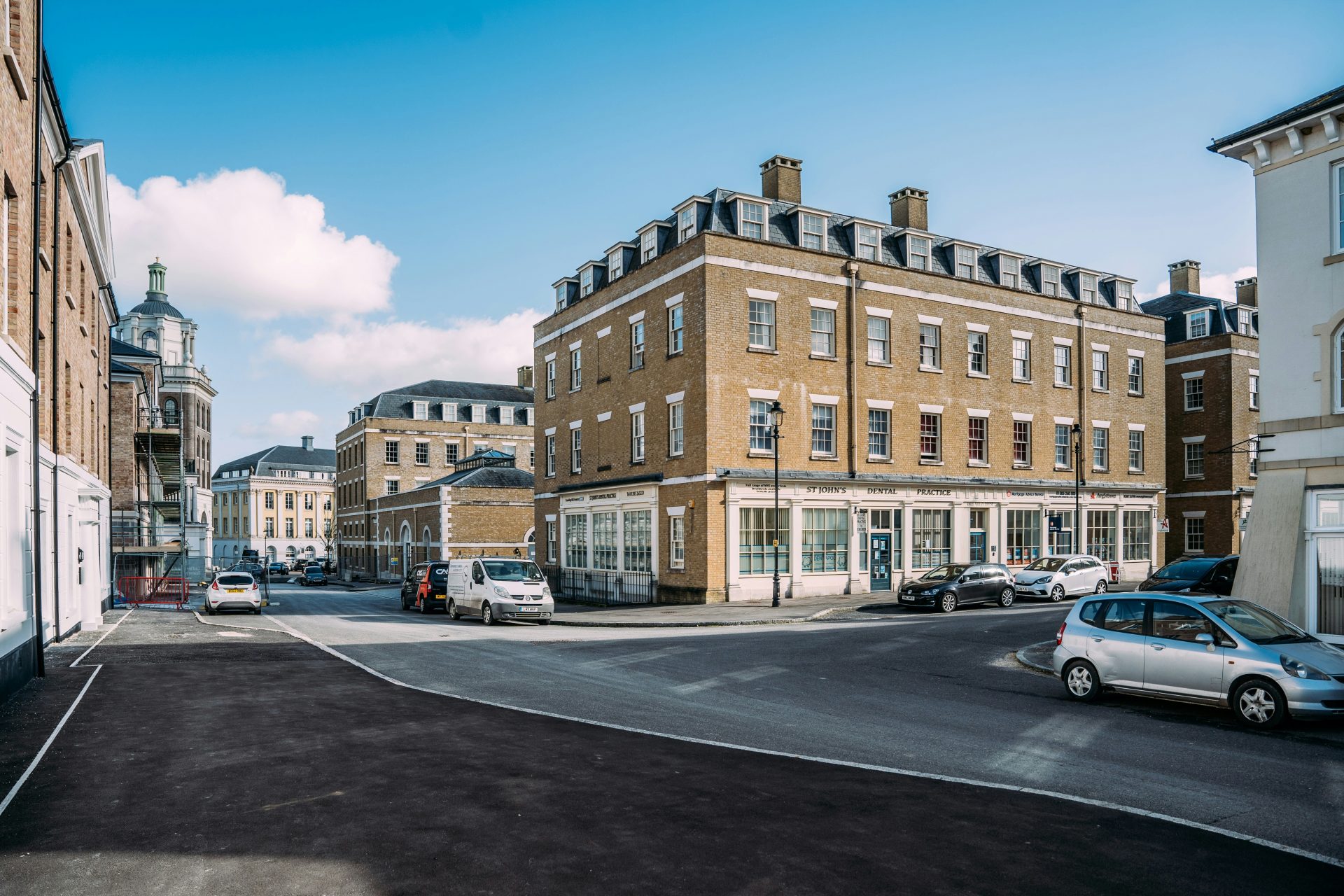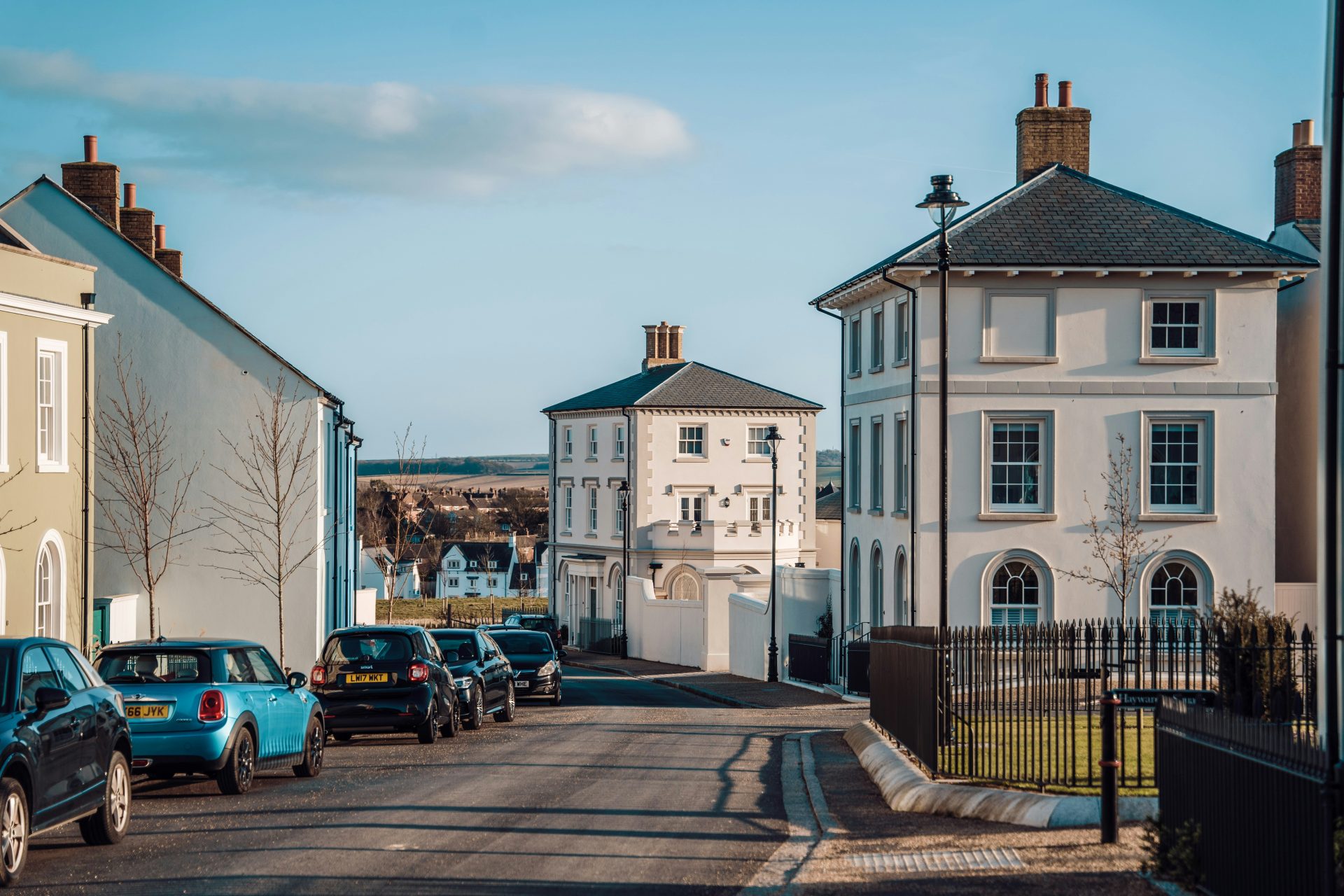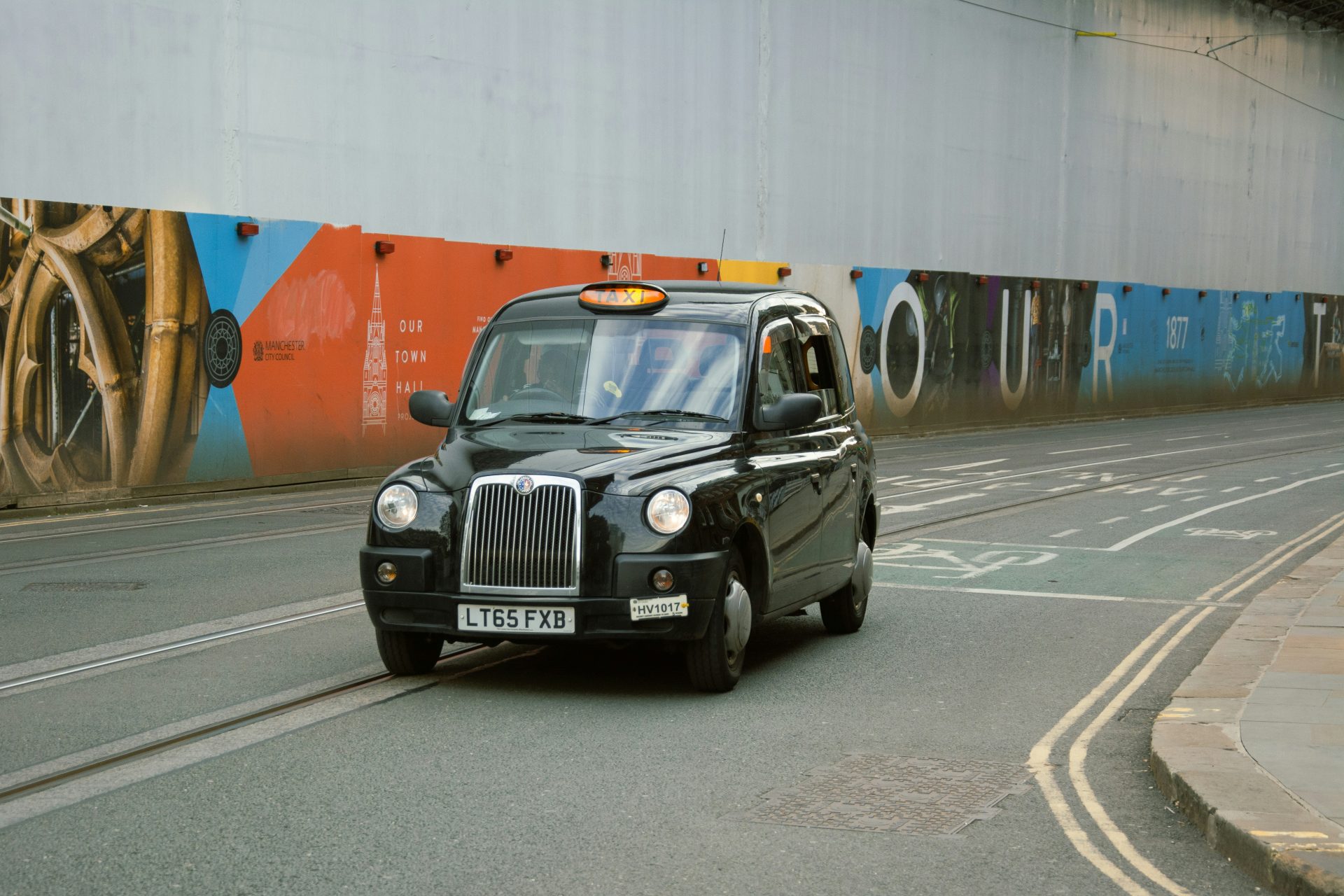King Charles built this weird village to follow his 'vision for Britain'
Did you ever enjoy building houses and towns with building blocks? Many children do. However, when your mom happens to be the Queen of England, then you have bigger toys to fulfill your creative needs.
Poundbury is a town in Dorset, in South West England. Some 4,600 live in this planned community that might remind you of The Truman Show or the TV show The Prisoner.
That’s because behind all the faux-quaint facades, Poundbury was built to follow, quite literally, a royal vision.
According to the Poundbury official website, the village was “designed in accordance with the principles of architecture and urban planning as advocated by His Majesty, King Charles III, in his book ‘A Vision of Britain’”.
The New York Times explains that His Majesty complained in his book about how British architecture should focus on historical and regional styles and resist modernism in architecture.
Other elements the former Prince of Wales advocated were that buildings should be made from local materials, not dominate the landscape, and have common enclosures and courtyards to foster a sense of community.
Poundbury, described as an “urban extension” of the city of Dorchester and part of the Duchy of Cornwall, began construction in 1993 when Charles was Prince of Wales and Duke of Cornwall. The village is expected to be completed by 2025.
The Poundbury official website writes that the village offers “a mix of private and affordable housing, as well as providing employment for 2,640 people working in more than 250 shops, cafés, offices and factories”.
“I was determined that Poundbury would break the mould of conventional housing development in this country, and create an attractive place for people to live, work and play”, declares His Majesty, as quoted by the Poundbury official website.
King Charles adds: “Many people said that it could never succeed, but I am happy to say that the sceptics were wrong, and it is now a thriving urban settlement”.
The former Prince of Wales has long been interested in architecture and urban planning, as well as agriculture, environmentalism, and alternative medicine.
At the same time, King Charles has been very vocal about his dislike of modern architecture that took hold in postwar suburban Britain.
One example of what King Charles opposes is the architecture of the town of Milton Keynes, considered the quintessential example of postwar British urban design.
Pictured: _twistedplot
It’s here in Poundbury where he has managed to channel what the BBC describes as his “utopia”.
In a 2012 piece, The York Times described the town as “quaint”, with a “rows of mock-Georgian houses, some with fake clock towers”.
Image: rhfhanssen / Unsplash
“There are no concrete buildings, as are found in many British city centers, or glass towers with floor-to-ceiling windows”, The New York Times highlights.
Image: rhfhanssen / Unsplash
However, reaction about Poundbury has been mixed since pretty much laying the first block.
The Guardian writes that Poundbury’s forced traditionalist style has “long been mocked as a feudal Disneyland”.
Indeed, The Guardian remarks that Poundbury has been described as place where “where Prince Charles could play at being planner like Marie Antoinette with her toy hamlet in Versailles”.
Indeed, residents of Poundbury must follow strict regulations for the homes and store, one of the convent stipulation forbids “not without the consent of His Royal Highness to paint or decorate the exterior of the Property”.
However, while the architectures and builders admit there was a trial-and-error phase in the early stages, where mistakes were made.
The BBC describes that two out of the three factories built in Poundbury now stand half empty.
Image: rhfhanssen / Unsplash
Vehicles have also been a problem for Poundbury. Garages built for the village properties turned out to be too small for regular-sized vehicles.
Image: rhfhanssen / Unsplash
This led to many of the residents of Poundbury to being forced to park their cars on the street, turning otherwise beautiful roads into car parks.
Image: rhfhanssen / Unsplash
Indeed, one of the original promises for Poundbury was to reduce having to use automobiles to move around.
Image: rhfhanssen / Unsplash
However, Poundbury actually have had the opposite outcome. The Guardian writes that a survey shows that the residents actually move around by car more than nearby communities.
Image: stravekc / Unsplash
Nonetheless, many news outlets argue that time has proven right to the current British monarch. The Guardian describes Poundbury’s biggest triumph as managing to truly create a mixed-space use, where everyone lives just a few minutes’ walk from the city centre.
Now that Charles is no longer Duke of Cornwall, Prince William is now responsible for Poundbury. Will the current Prince of Wales keep his father’s unique vision?
More for you
Top Stories



